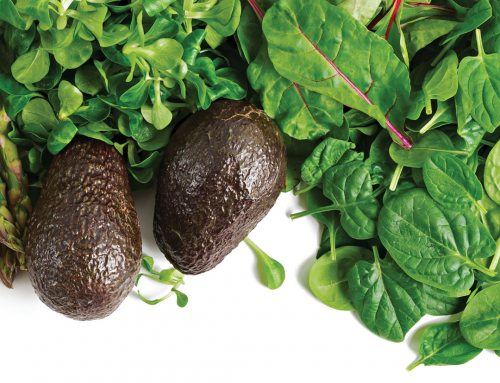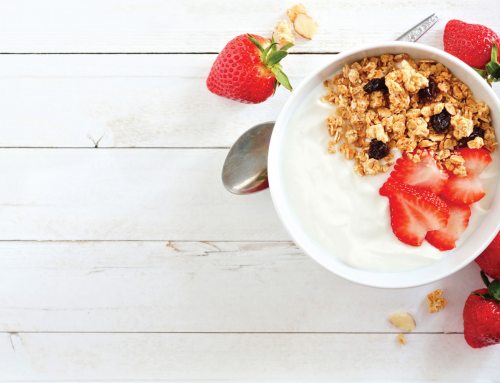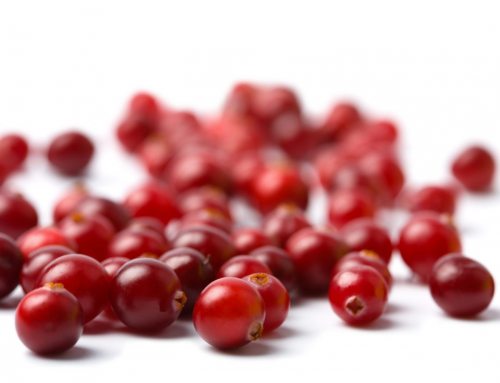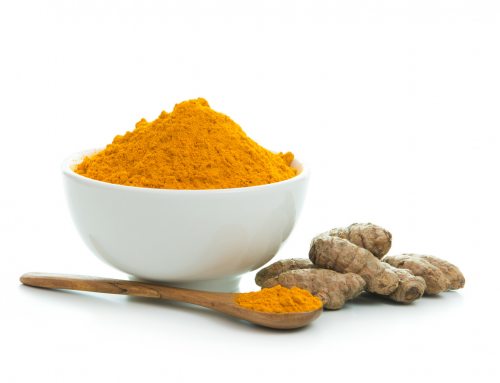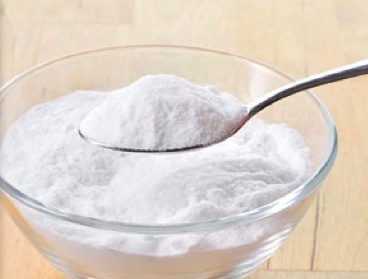
Sodium bicarbonate, better known as baking soda, has been around for years. John Dwight and Austin Church, two New York bakers, established the first factory to develop baking soda from sodium carbonate (first produced by a French chemist in 1791) and carbon dioxide. Since then, baking soda has been used for baking, cleaning and reducing household smells.
A little-known use of baking soda is as a lactic acid buffer for your muscles. Lactic acid buildup is often the cause of muscle soreness after endurance-type workouts. As you exercise, your body produces lactic acid, which raises the acidity level within your muscles and blood vessels, causing soreness. Baking soda, when mixed with water, creates an alkaline solution that helps to buffer the acidity level within the blood and muscles. As a result, the lactic acid is drawn out of the muscle cells, causing the acid-base balance, or pH level, of the muscles and blood to return to equilibrium.
Of course, you can always go to your local grocery or running store and buy a recovery drink off the shelf. But if you find yourself at home after a long run or bike ride and don’t have a recovery drink on hand, you can use baking soda (because who doesn’t have baking soda at home?) to make your own recovery drink. As always, check with your doctor regarding any health concerns before using baking soda for muscle soreness and remember, baking soda is not the same as baking powder!



